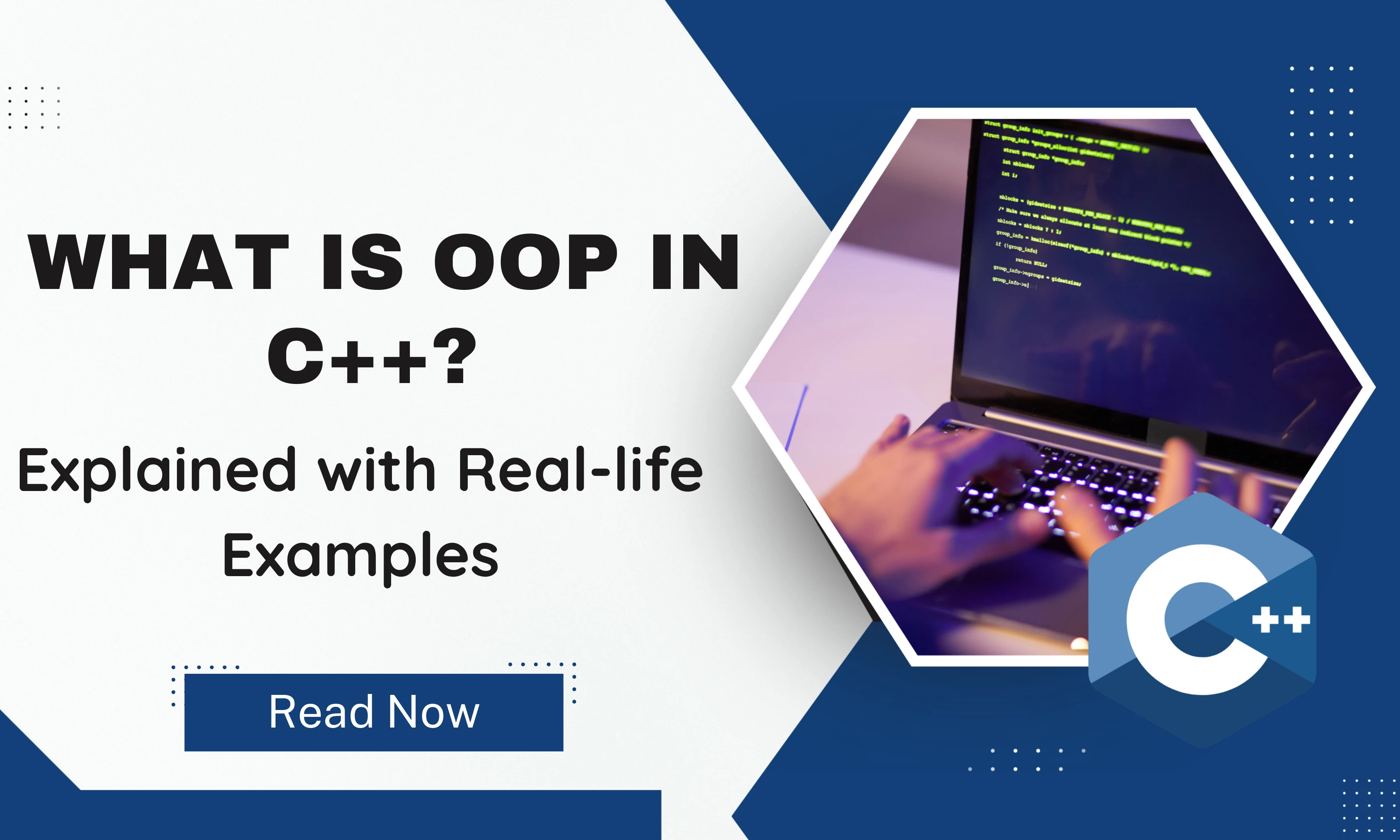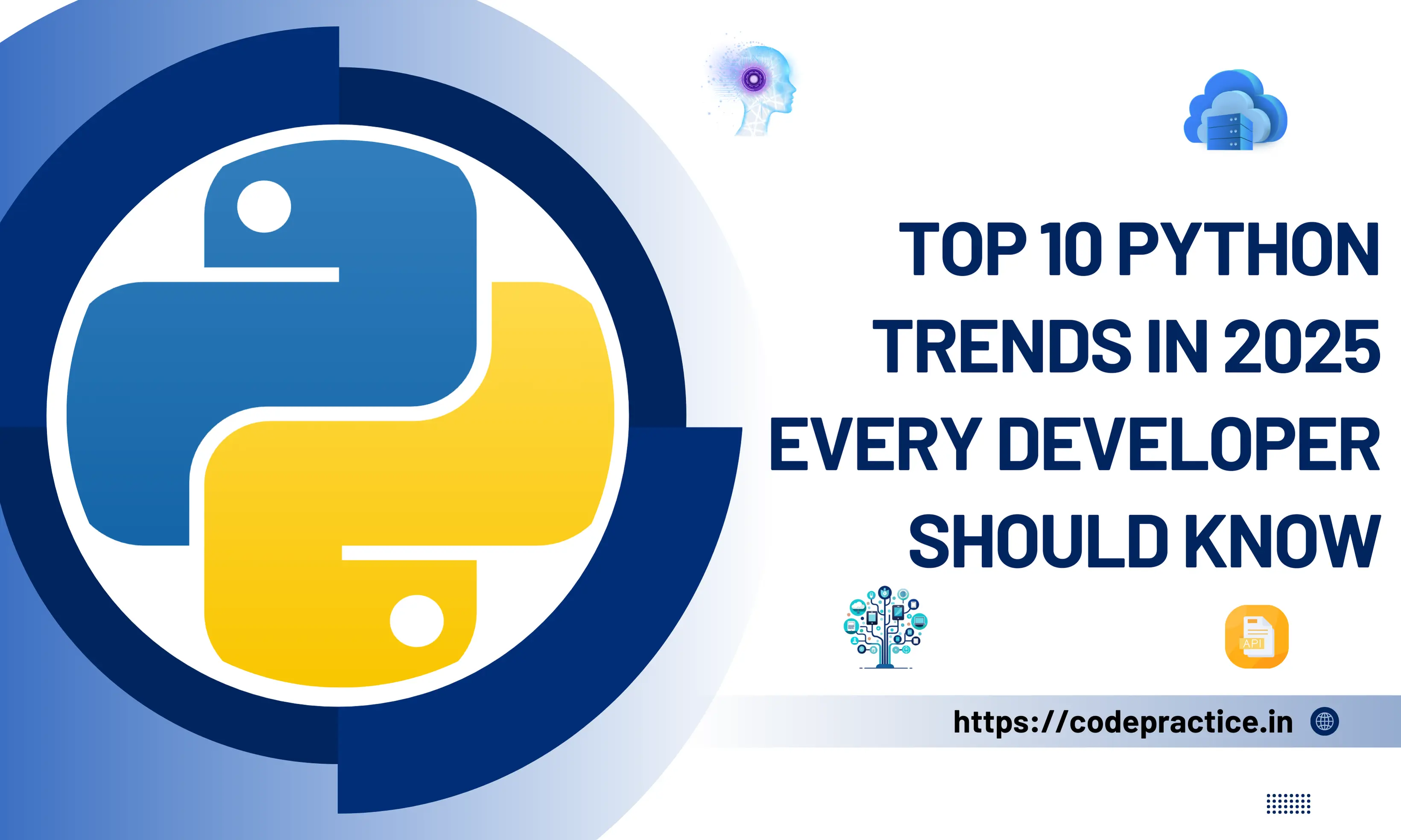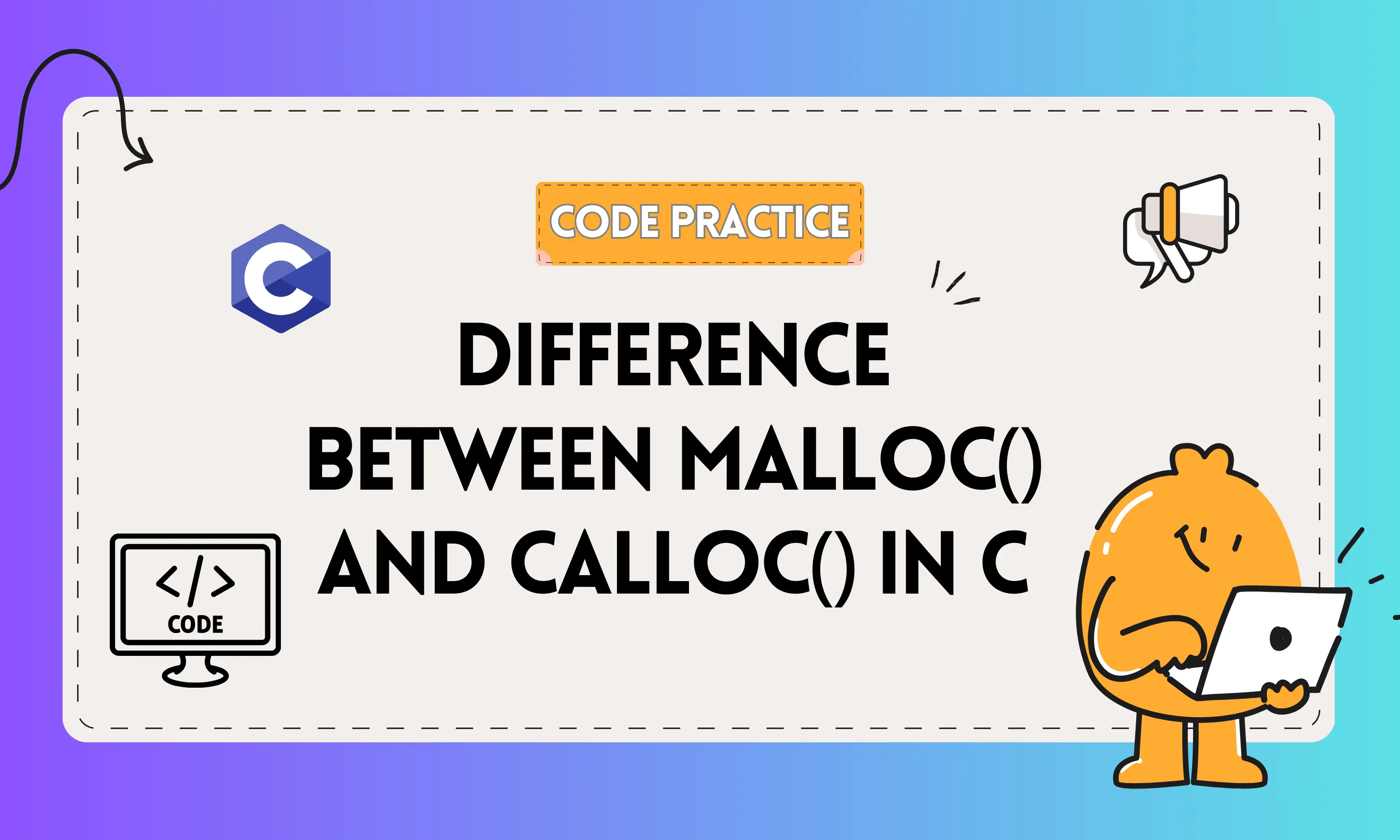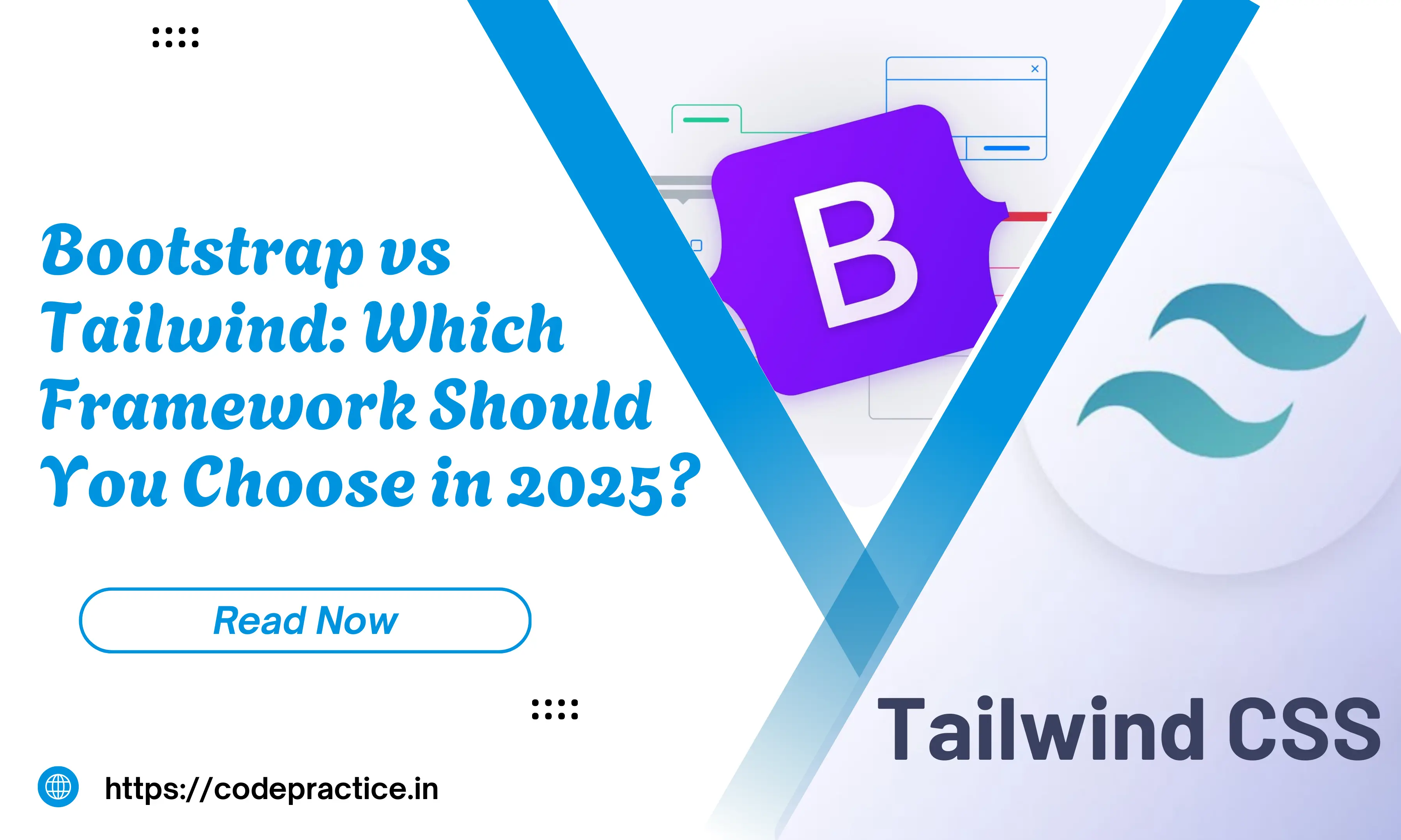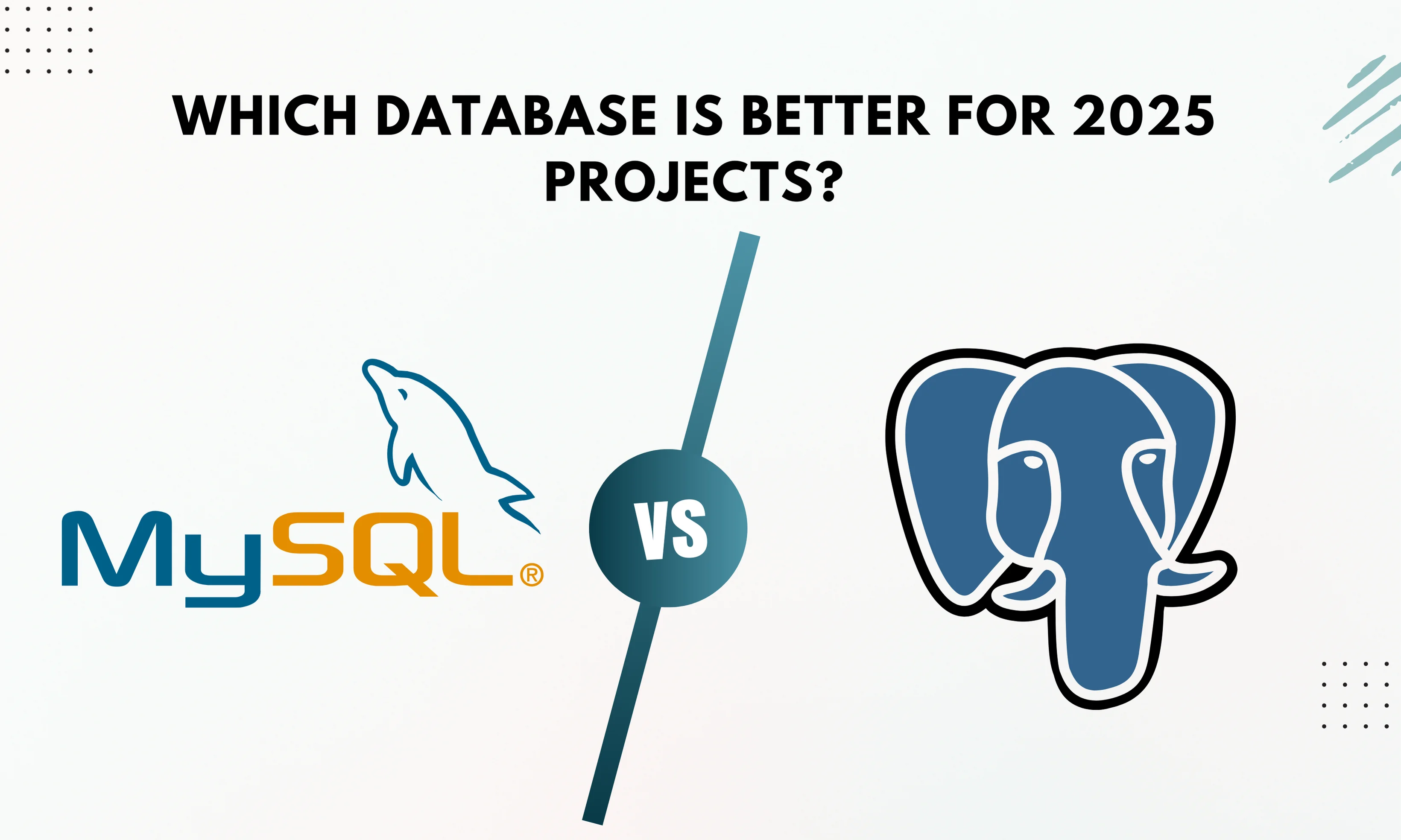-
Hajipur, Bihar, 844101
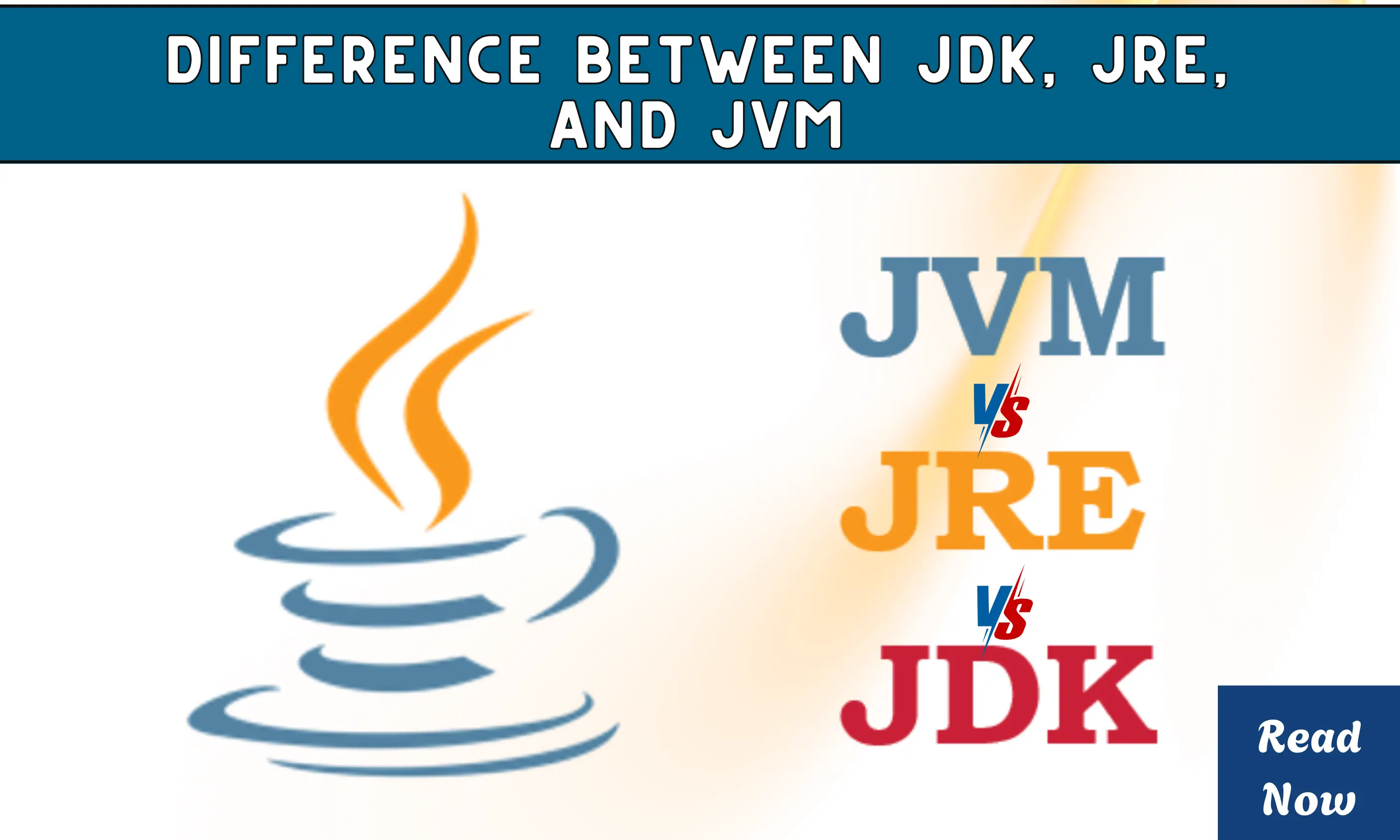
Difference Between JDK, JRE, and JVM in Java for Developers
If you are starting your journey to learn Java, one of the first confusions you’ll face is the difference between JDK, JRE, and JVM. Every Java course for beginners eventually introduces these three terms, but for many learners, they sound almost the same.
Imagine this scenario: You want to run a Java application or even build one. You hear people talking about JDK download, JRE setup, and JVM execution, but you are left wondering—what exactly do these mean? Do you need all three? Which one should a beginner install first?
This guide is designed to give you a clear, detailed, and easy-to-understand explanation of JDK (Java Development Kit), JRE (Java Runtime Environment), and JVM (Java Virtual Machine). We’ll cover everything from Java basics to real-world examples, diagrams, and comparisons so you can confidently understand their roles.
Whether you’re taking a Java online course, preparing for a Java developer course, or just starting with Java for beginners, this article will give you the clarity you need.
What is JVM (Java Virtual Machine)?
1. Definition
The Java Virtual Machine (JVM) is the heart of Java technology. It is an abstract machine that provides the runtime environment where Java bytecode can be executed.
When you write Java code and compile it using the javac compiler, it gets converted into bytecode—a platform-independent code. This bytecode cannot directly run on your operating system. Instead, it needs the JVM, which translates it into machine-specific instructions.
2. Role of JVM
The main job of the JVM is to ensure that Java maintains its “Write Once, Run Anywhere” principle. It does this by:
-
Loading code: Taking compiled bytecode into memory.
-
Verifying code: Ensuring no malicious code execution.
-
Executing code: Converting bytecode into machine code.
-
Managing memory: Garbage collection and memory allocation.
3. Example Workflow
-
You write a program:
HelloWorld.java. -
The compiler (
javac) converts it intoHelloWorld.class(bytecode). -
The JVM executes
HelloWorld.classon any system—Windows, Linux, or Mac.
This is why many learners choose to learn Java online—because the portability makes it easier to run programs anywhere.
What is JRE (Java Runtime Environment)?
1. Definition
The Java Runtime Environment (JRE) is a package that provides the environment needed to run Java programs. It includes the JVM, libraries, and other components required for execution.
2. Components of JRE
-
JVM (Java Virtual Machine)
-
Class Libraries (pre-built functions and classes that Java programs can use)
-
Supporting Files
3. Difference from JVM
While the JVM is only an abstract machine that executes bytecode, the JRE is the full environment that contains JVM plus libraries.
If you only want to run Java programs (and not develop them), then JRE is enough. For example, if a company provides you a Java-based application, you only need the JRE installed.
4. Example Analogy
Think of the JRE as the kitchen where cooking happens. The JVM is like the stove inside that kitchen. Without the kitchen (JRE), the stove (JVM) cannot function properly.
What is JDK (Java Development Kit)?
1. Definition
The Java Development Kit (JDK) is a complete software development kit for Java programmers. It includes everything needed for writing, compiling, debugging, and running Java applications.
2. Components of JDK
-
JRE (which includes JVM)
-
Java Compiler (
javac) -
Debugger tools
-
Java Documentation generator (
javadoc) -
Other developer utilities
3. Why JDK is Important
If you want to learn Java programming or enroll in a Java developer course, the JDK download is mandatory. Without JDK, you cannot compile Java code into bytecode.
For example:
-
You write a program in
MyProgram.java. -
The JDK compiler (
javac) converts it intoMyProgram.class. -
The JRE (inside JDK) executes the bytecode.
Key Differences Between JDK, JRE, and JVM
To understand clearly, let’s look at the differences in a tabular format:
| Feature | JVM | JRE | JDK |
|---|---|---|---|
| Full Form | Java Virtual Machine | Java Runtime Environment | Java Development Kit |
| Purpose | Executes Java bytecode | Provides environment to run Java | Provides tools to develop & run Java |
| Contains | Execution engine | JVM + Libraries | JRE + Compiler + Tools |
| Needed for Running | ✔ | ✔ | ✔ |
| Needed for Developing | ✘ | ✘ | ✔ |
| Example Use | Converts bytecode to machine code | Runs an existing Java app | Write, compile, and run programs |
This simple table is often shown in a Java course for beginners because it clarifies the relationship.
Relationship: JDK ⊃ JRE ⊃ JVM
An easy way to remember the relationship:
-
JDK contains JRE
-
JRE contains JVM
So the hierarchy looks like this:
👉 JDK → JRE → JVM
This means:
-
Developers install JDK (because it has everything).
-
Users may only install JRE (if they only need to run apps).
-
JVM runs inside both JRE and JDK.
Use Cases and When to Install
-
Install JVM separately?
No, you never install JVM alone. It comes with JRE or JDK. -
Install JRE:
If you only want to run Java applications (like Minecraft, Eclipse, or other tools). -
Install JDK:
If you want to learn Java online, take a Java course, or join a Java developer course.
For most learners, starting with JDK download is the right choice. It gives you both the development tools and the runtime environment.
Common Misconceptions
-
“JVM is software you install.”
❌ No, JVM is not something you download separately. It is part of JRE or JDK. -
“JRE allows you to write code.”
❌ Wrong. JRE only lets you run Java code, not compile it. -
“JDK and JRE are the same.”
❌ Not true. JDK includes development tools; JRE does not.
Why Beginners Should Start with JDK
If you are just starting with Java for beginners, you might be confused whether to install JRE or JDK. The answer is simple:
-
If you only want to use Java-based applications, JRE is enough.
-
If you want to learn Java programming, always go for JDK download.
Every Java course for beginners and Java online course recommends installing JDK because it enables both coding and running of Java programs.
Learning Java in 2025: Best Path for Beginners
Now that you understand JDK, JRE, and JVM, here’s how you can start your Java journey:
-
Install JDK – Get the latest JDK download from Oracle or OpenJDK.
-
Practice Java Basics – Write simple programs (Hello World, variables, loops).
-
Take a Java Course – Join a structured Java course for beginners or a Java online course to learn faster.
-
Work on Projects – Once comfortable with Java basics, try building small projects like calculators, student management systems, or mini-games.
-
Advance to a Java Developer Course – Learn about frameworks like Spring, Hibernate, and become job-ready.
By following this roadmap, you’ll progress from Java basics to becoming a professional developer.
Conclusion
Understanding the difference between JDK, JRE, and JVM is one of the first steps when you learn Java. To summarize:
-
JVM: Executes bytecode.
-
JRE: Provides the runtime environment (JVM + libraries).
-
JDK: Full development kit (JRE + compiler + tools).
If you are just starting with Java for beginners, go for a JDK download and begin experimenting with simple programs. Over time, explore structured Java online courses or a Java developer course to grow your skills.
By mastering these Java basics, you will set a strong foundation for your programming journey. So don’t just read—install JDK, write code, and practice daily. That’s the real way to learn Java programming effectively.
Frequently Asked Questions (FAQs)
Q1: What is the difference between JDK, JRE, and JVM in Java?
The JVM executes Java bytecode, the JRE provides the environment to run Java programs, and the JDK includes both JRE and development tools like the compiler.
Q2: Do I need both JDK and JRE to run Java programs?
No, only JRE is needed to run Java applications. However, if you want to write, compile, and run programs as a developer, you must install the JDK.
Q3: Is JVM installed separately from JDK or JRE?
No, the JVM is not installed separately. It comes bundled with both JRE and JDK to execute Java bytecode.
Q4: Which should I install to learn Java: JDK or JRE?
If you want to learn Java programming, you should install the JDK because it provides both development tools and the runtime environment.
Q5: Why is JVM important in Java?
The JVM makes Java platform-independent by converting bytecode into machine code, ensuring Java’s famous “Write Once, Run Anywhere” capability.
Hi, I’m Bikki Singh, a website developer and coding language trainer. I’ve been working on web projects and teaching programming for the past few years, and through CodePractice.in I share what I’ve learned. My focus is on making coding simple and practical, whether it’s web development, Python, PHP, MySQL, C, C++, Java, or front-end basics like HTML, CSS, and JavaScript. I enjoy breaking down complex topics into easy steps so learners can actually apply them in real projects.
Related Blogs
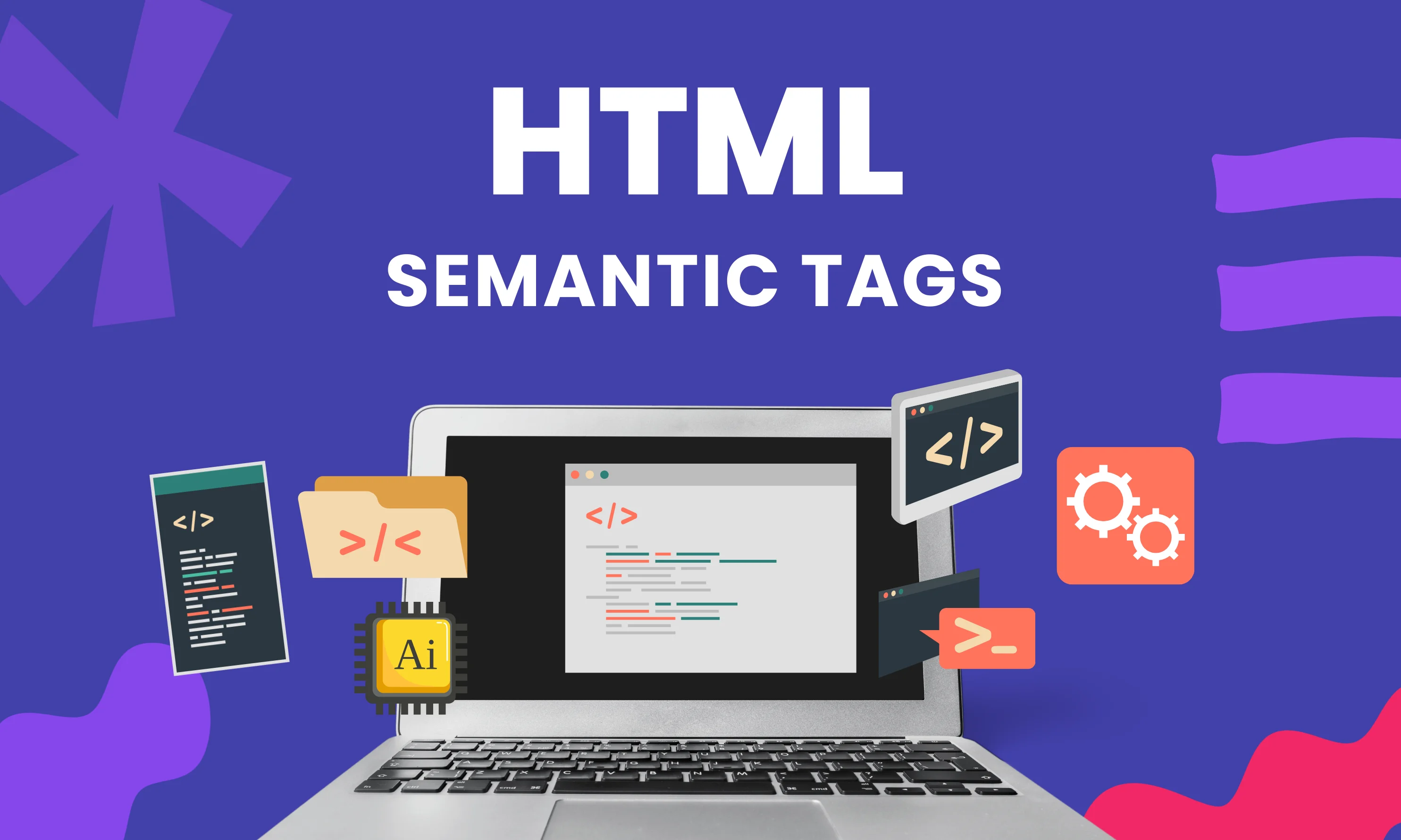
19 August 2025
HTML Semantic Tags Explained with Examples (Beginner Guide)
Learn HTML semantic tags with examples. Boost SEO, accessibility, and code clarity with this beginner-friendly guide to HTML5 semantic elements.
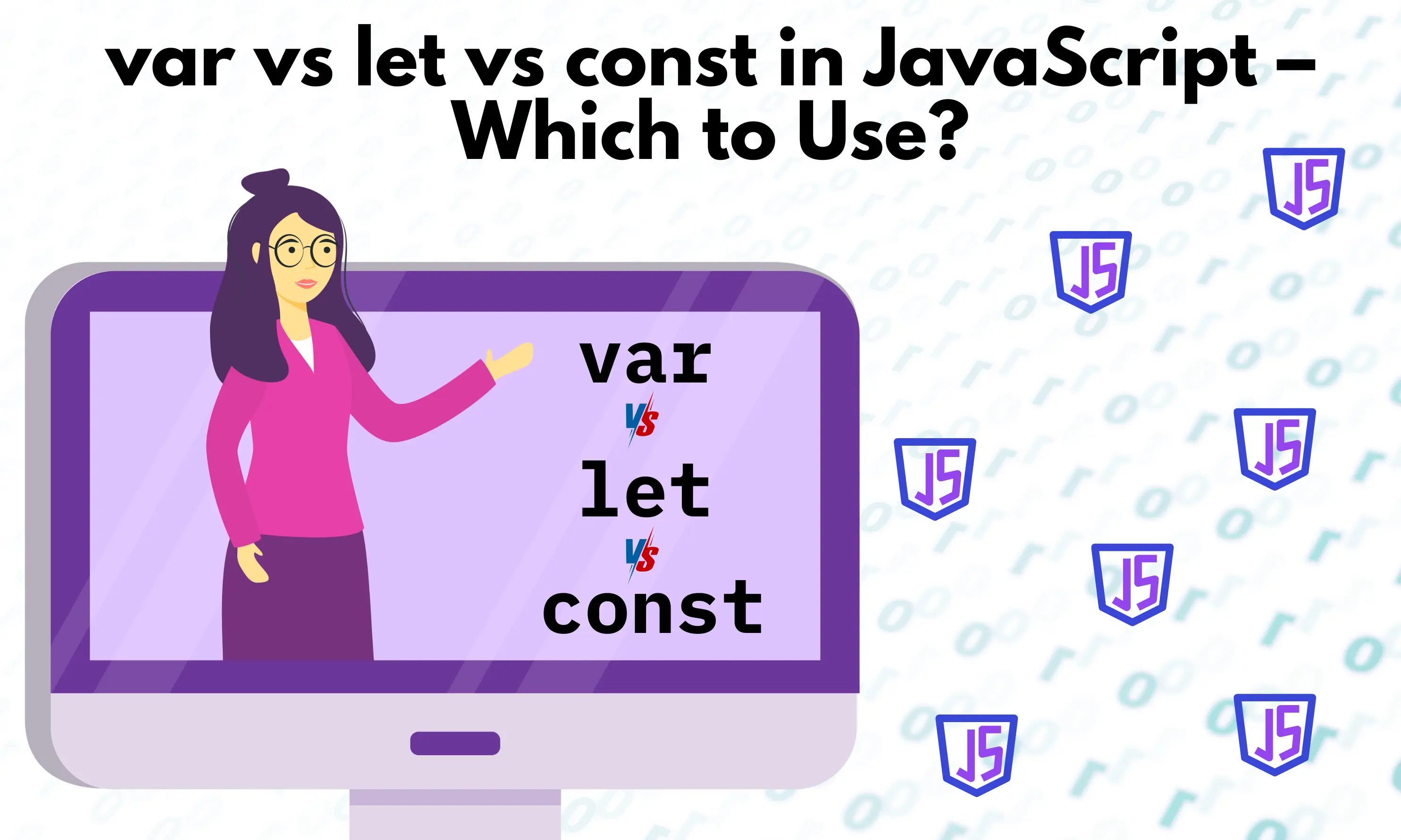
11 September 2025
Var vs Let vs Const in JavaScript – Key Differences, Example
Learn the differences between var, let, and const in JavaScript. Explore scope, hoisting, best practices, and real-world examples to know which one to use.
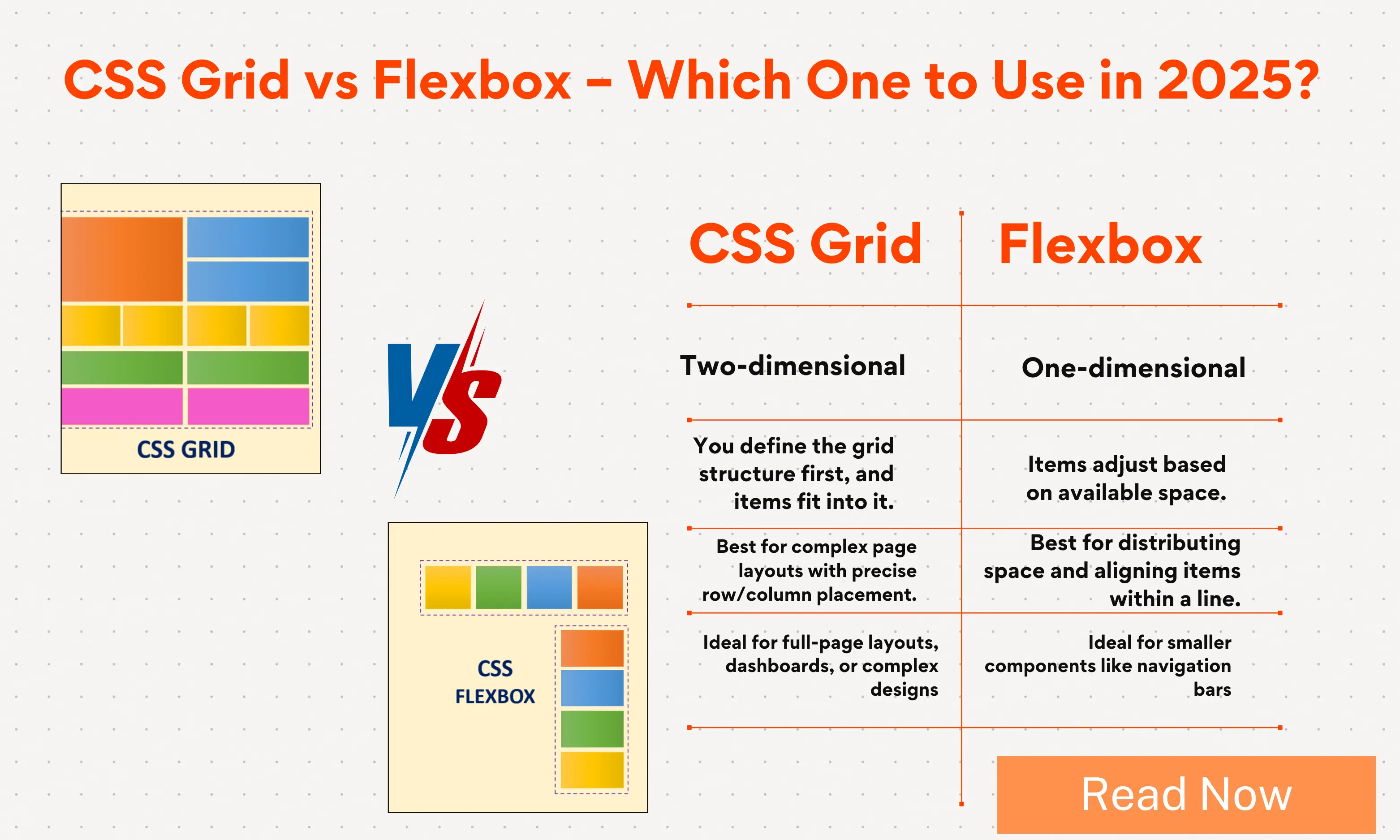
11 September 2025
CSS Grid vs Flexbox – Which Layout Should You Use in 2025?
Learn the difference between CSS Grid and Flexbox in 2025. Discover when to use each, real-world examples, and best practices for modern responsive layouts.
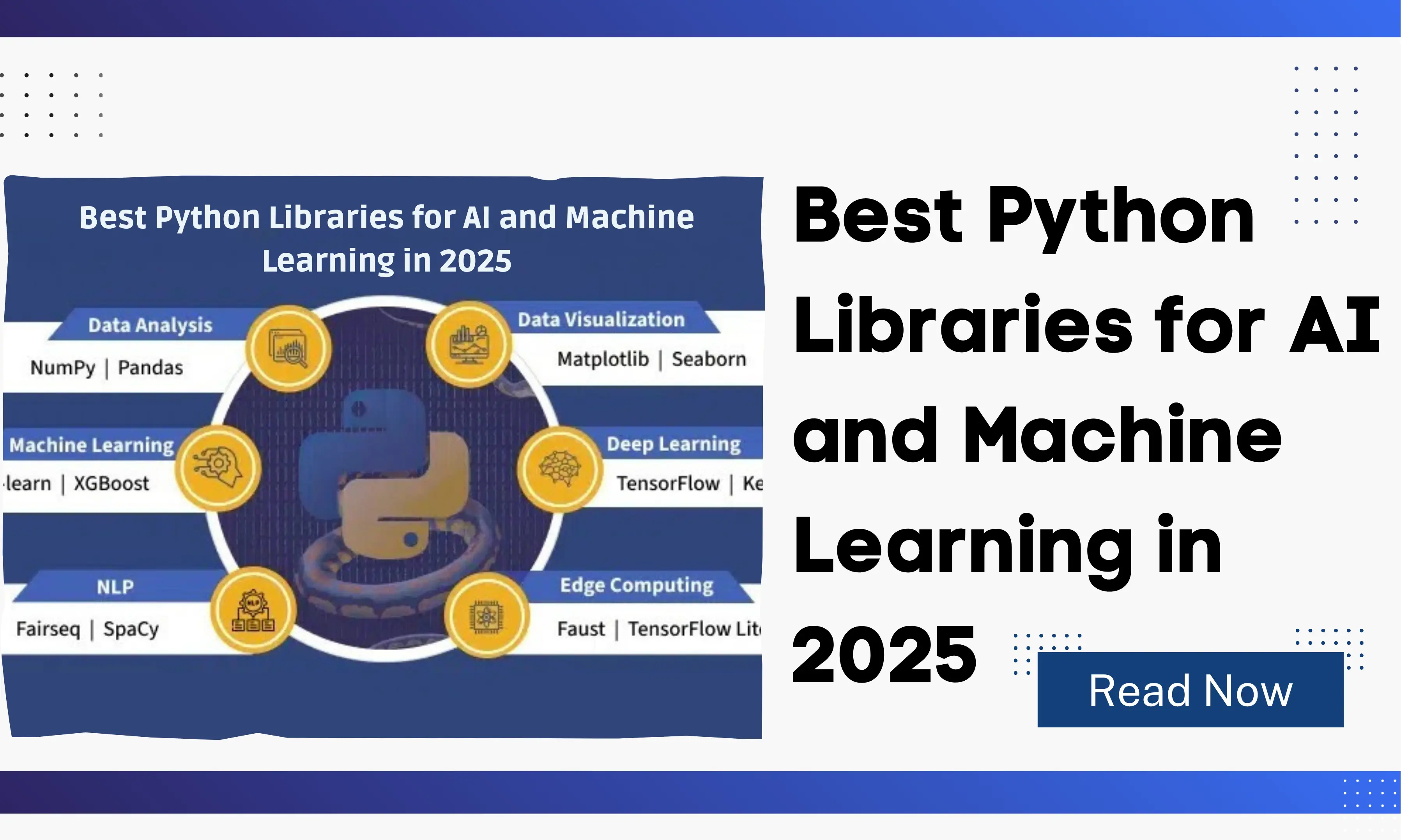
30 September 2025
Best Python Libraries for AI and Machine Learning in 2025
Explore the top Python libraries for AI and machine learning in 2025. Learn their features, use cases, and why they matter for beginners and experts.
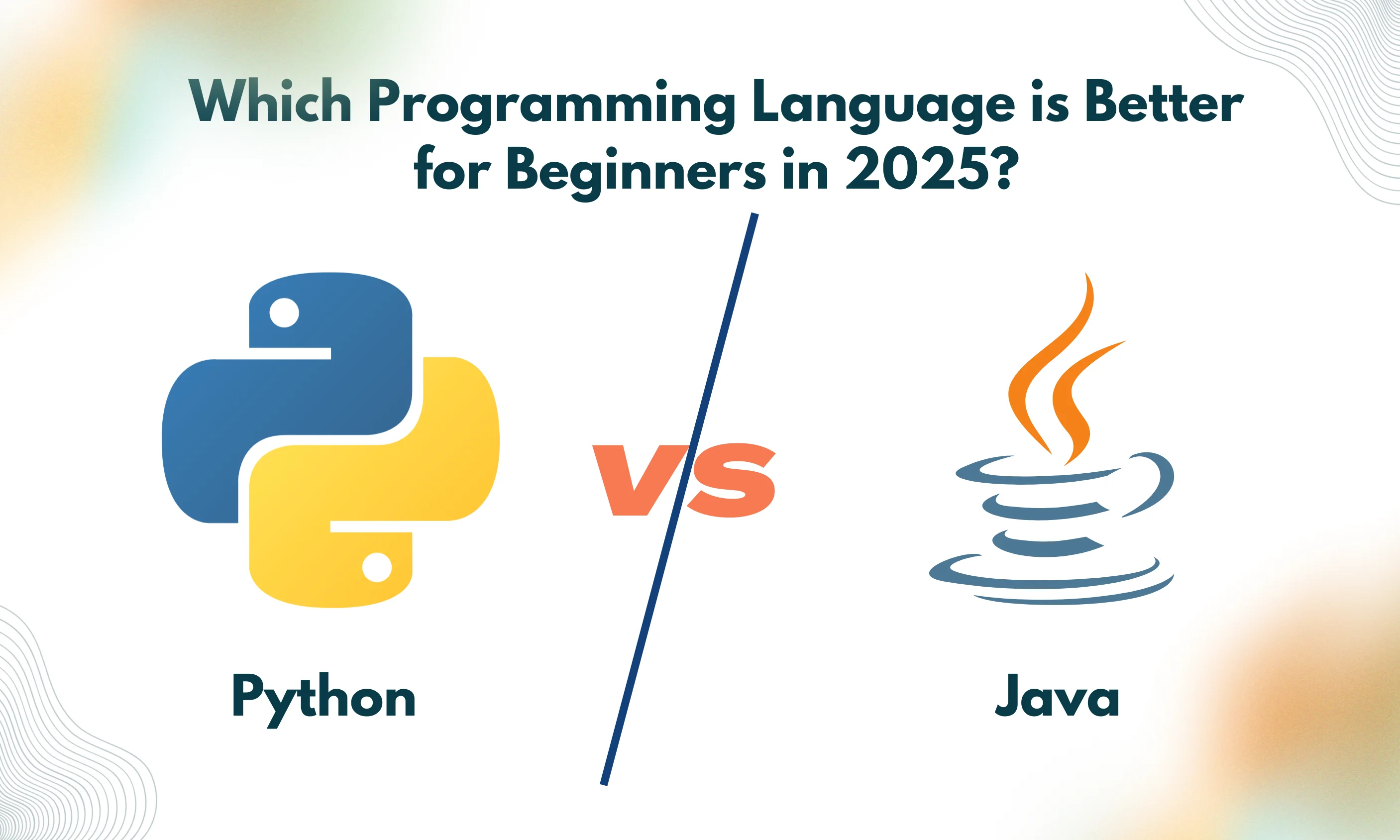
18 August 2025
Python vs Java: Which is Better for Beginners in 2025?
Python vs Java in 2025 — which should beginners choose? Compare ease of learning, jobs, salaries, and future scope in this complete beginner’s guide.
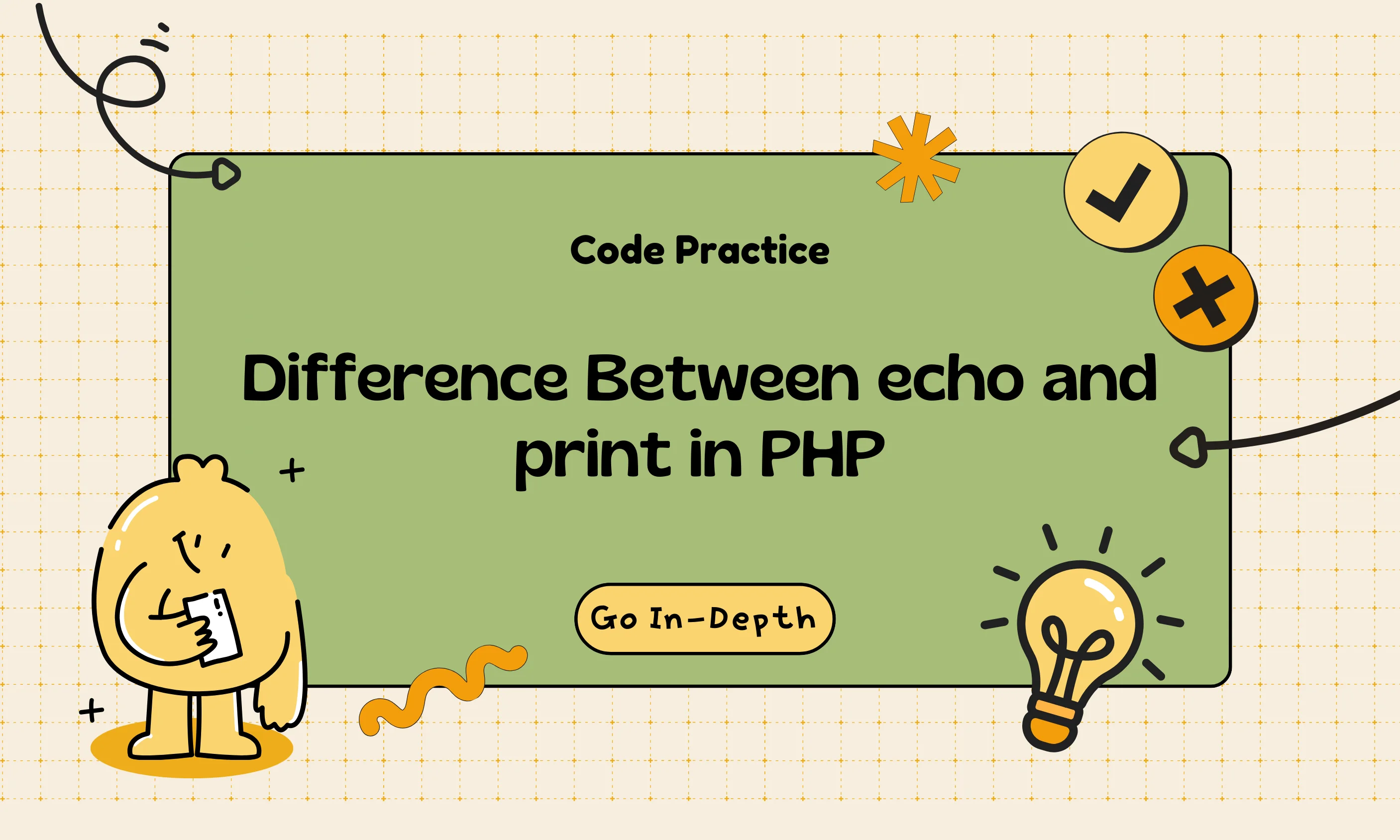
20 August 2025
Difference Between echo and print in PHP
Learn the key difference between echo and print in PHP. Explore syntax, return values, speed, real-world examples, and FAQs in this beginner-friendly guide.

